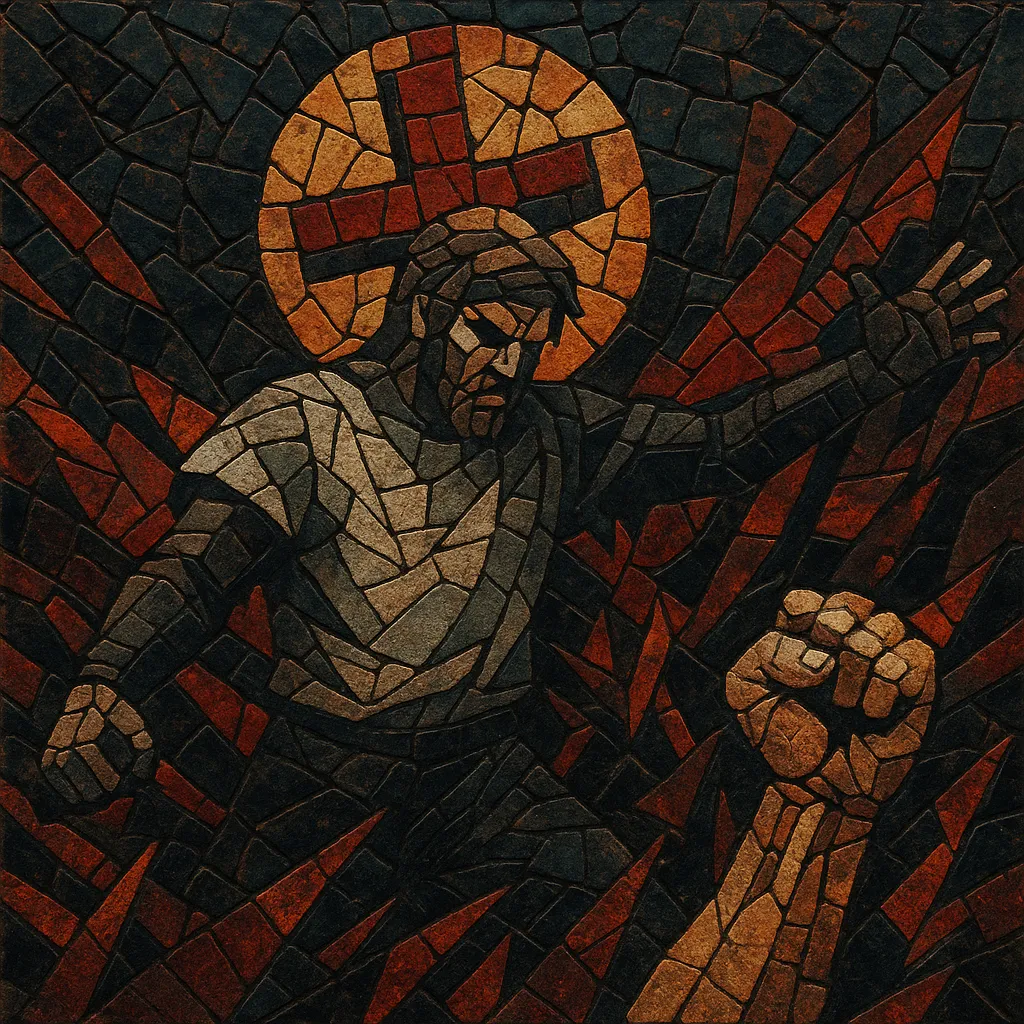Christian hardcore is a faith-oriented branch of hardcore punk that combines the speed, aggression, and DIY ethos of hardcore with explicitly Christian themes. Songs are typically short, fast, and intense, featuring shouted or screamed vocals, thick power‑chord riffs, and mosh‑friendly drum patterns.
Lyrically, bands address spirituality, personal struggle, social justice, redemption, and community, often drawing on biblical imagery while avoiding proselytizing clichés by grounding messages in lived experience. The scene emphasizes all-ages shows, inclusivity, and grassroots ethics, mirroring the broader hardcore community’s focus on authenticity and communal support.
Christian hardcore emerged in the United States during the mid-to-late 1980s as Christian musicians adopted the urgency and minimalism of hardcore punk to express faith-centered perspectives. Early touchstones like The Crucified bridged church basements and punk clubs, proving that overtly Christian themes could coexist with hardcore’s raw intensity and DIY spirit.
The 1990s saw a flourishing of regional scenes (California, Florida, the Midwest) and the rise of labels such as Tooth & Nail/Solid State and later Facedown Records, which provided infrastructure, tours, and distribution. Bands like Strongarm, Focused, Unashamed, Overcome, and No Innocent Victim defined a distinctly Christian hardcore sound—tight, fast, and conviction-driven—while adjacent acts (e.g., Zao) blurred lines with emerging metalcore.
As metalcore and post-hardcore grew, many Christian hardcore bands incorporated heavier guitars, breakdowns, and more complex song forms. Tours and festivals (e.g., Cornerstone) exposed the style to broader audiences. While some groups moved toward metalcore (and greater mainstream visibility), straight-ahead hardcore outfits continued to thrive in underground circuits tied to church venues, VFW halls, and independent promoters.
Though trends shifted, Christian hardcore’s grassroots culture persists, with local scenes renewing themselves through youth-led bands, DIY releases, and community-focused events. The genre’s legacy is evident in the Christian metalcore/post-hardcore boom and in the continued emphasis on ethical lyrics, service-minded community, and high-energy, participatory live shows.


